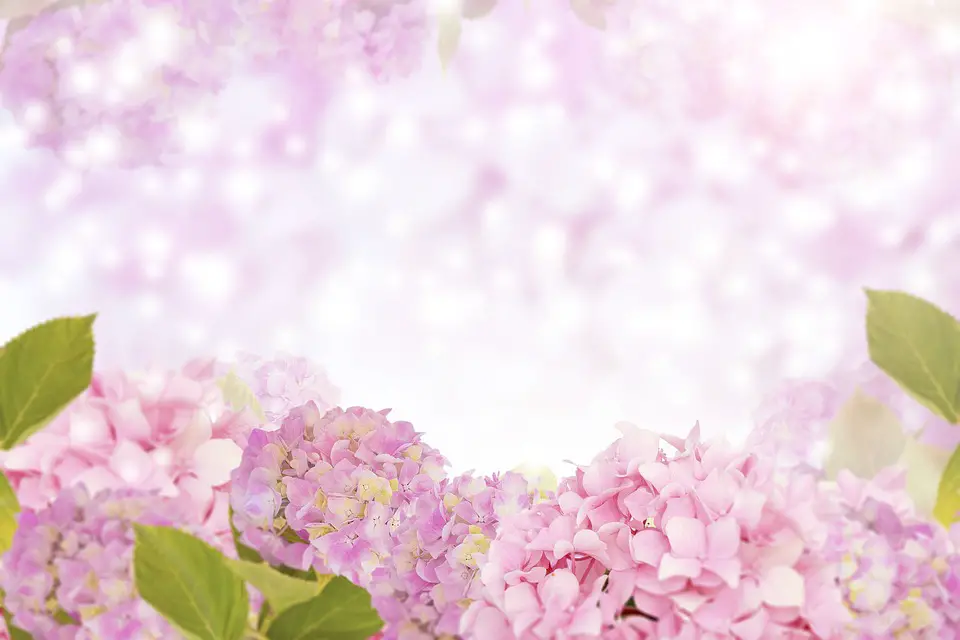Introduction
Outdoor flower growing can be a rewarding and beautiful experience. Whether you have a small backyard, a balcony, or even just a few pots, you can unleash the potential of your outdoor space and enjoy the vibrant colors and scents of nature. In this article, we will explore the various aspects of outdoor flower growing, from selecting the right flowers to caring for them and creating an aesthetically pleasing garden. Let’s dive in!
Choosing the Right Flowers
When it comes to outdoor flower growing, selecting the right flowers is crucial for success. Consider the climate and the amount of sunlight your outdoor space receives. Some flowers thrive in direct sunlight, while others prefer shade. Additionally, think about the soil conditions and the maintenance level you can commit to. Popular flower choices for outdoor gardening include roses, sunflowers, tulips, petunias, and marigolds.
Preparing the Soil
Before planting your flowers, it’s important to prepare the soil properly. Start by removing any weeds or debris from the planting area. Loosen the soil with a garden fork or tiller, ensuring it is well-drained. Adding organic matter, such as compost or manure, can provide essential nutrients and improve soil fertility. Consider conducting a soil test to determine if any amendments are required to optimize the conditions for your chosen flowers.
Planting and Caring for Flowers
Follow the planting instructions provided with your flower seeds or seedlings. Ensure you provide adequate spacing between plants to allow for proper growth. Water your flowers regularly, especially during hot and dry periods. Mulching around your plants can help retain moisture and suppress weed growth. Fertilize your flowers periodically with a balanced flower fertilizer to promote healthy blooming and growth. Prune regularly to manage plant size and remove any dead or damaged parts.
Creating an Aesthetic Garden
Designing an aesthetically pleasing outdoor flower garden involves considering various factors, such as color combinations, plant heights, and blooming seasons. Create visual interest by combining flowers of different heights, textures, and shapes. Experiment with color schemes, such as complementary or monochromatic arrangements. Grouping flowers that bloom at different times ensures a continuous display of colors throughout the seasons. Don’t forget to include structures like trellises, arbors, or garden sculptures to add architectural elements to your garden.
Taking Care of Pests and Diseases
Outdoor flower growing may come with challenges in the form of pests and diseases. Identifying common pests like aphids, snails, or slugs is vital to prevent damage to your plants. Utilize natural pest control methods such as companion planting, introducing beneficial insects, or using organic insecticides sparingly. Regularly inspect your plants for signs of diseases like powdery mildew or fungal infections. Promptly remove affected parts and treat with appropriate organic solutions.
FAQs
Q: How often should I water my outdoor flowers?
A: The frequency of watering depends on several factors, including the type of flowers, climate, and soil conditions. Generally, outdoor flowers require watering when the top inch of soil feels dry, but be careful not to overwater as it can lead to root rot.
Q: Is it necessary to fertilize outdoor flowers?
A: Yes, fertilizing outdoor flowers is essential for their healthy growth and blooming. Choose a balanced flower fertilizer and follow the instructions on the packaging. Apply fertilizers sparingly and avoid excessive use to prevent burning the plants.
Q: How can I attract pollinators to my outdoor flower garden?
A: To attract pollinators like bees and butterflies, include flowers that produce nectar and have bright colors. Planting a variety of native flowers, creating a water source, and avoiding the use of harmful chemicals can further enhance the attractiveness of your garden to pollinators.




